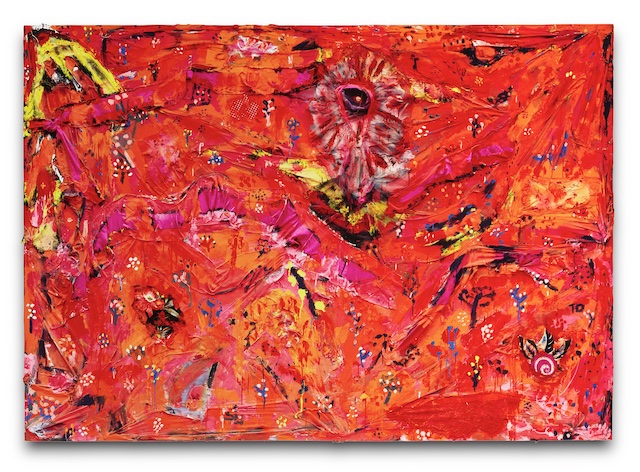In the art of the late Southern painter Thornton Dial, the notion of “relief” leads in several directions. Along one path, it was the word used in his lifetime (he died in 2016 at the age of eighty-seven) to describe his wild assemblages on canvas and wood, which were so heavily piled with found objects, oils, paints, enamels, and other compounds that they reach out several inches from the wall. In another sense—for an artist who was dealing with some of the more abject horrors of the world and described his approach to history in terms of tilling the soil—“relief” also suggests a kind of reprieve. Dial busied his hands to find, for himself and his viewers, a way to be freed from violence, cruelty, injustice, and tragedy. His way was to give those things shape, color, texture, and depth.
